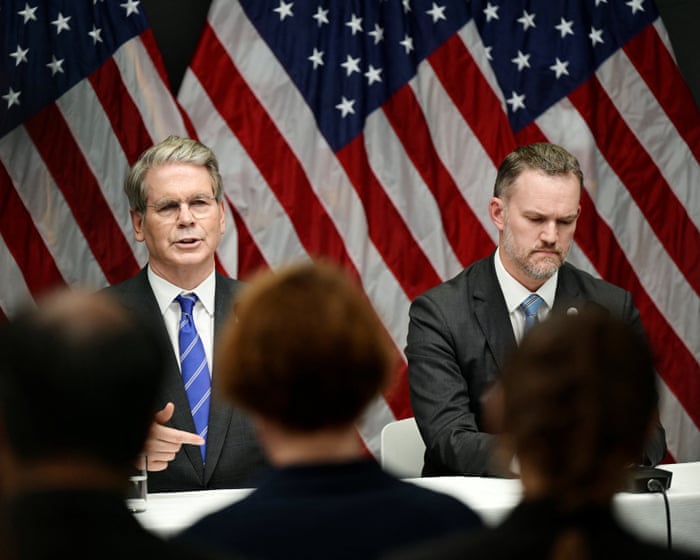U.S. and Chinese negotiators have tentatively agreed to delay planned tariff increases, though American officials stressed that President Trump must approve any extension. After two days of talks in Stockholm, both sides acknowledged they hadn’t resolved their many trade disputes but agreed to extend a truce set to expire on August 12.
China’s lead trade negotiator Li Chenggang said extending the May ceasefire would allow more time for discussions, without specifying the new deadline. U.S. Trade Representative Jamieson Greer emphasized that Trump would make the final decision.
U.S. Treasury Secretary Scott Bessent joined the Stockholm talks to bolster the American team but couldn’t break the impasse. He warned Chinese officials that Beijing could face steep tariffs if it continues buying Russian oil, citing U.S. sanctions legislation.
China has retaliated against Trump’s tariff threats by imposing its own duties on U.S. goods and restricting exports of rare earth metals crucial for American defense and tech industries. Meanwhile, Trump prepares to impose new tariffs on Mexico and Canada starting Friday unless last-minute deals emerge. Several Southeast Asian nations are also seeking negotiations to avoid U.S. tariff hikes.
Trade talks with the U.S. often prove lengthy – the EU’s trade chief spent over 100 hours negotiating before Washington agreed Sunday to halve planned tariffs on EU exports from 30% to 15%. Former WTO chief Pascal Lamy called such agreements incomplete, noting the U.S.-EU deal still needs refinement.
The International Monetary Fund raised its global growth forecast to 3% from April’s 2.8%, citing reduced trade tensions, but warned that resurgent tariffs remain a major economic threat.




